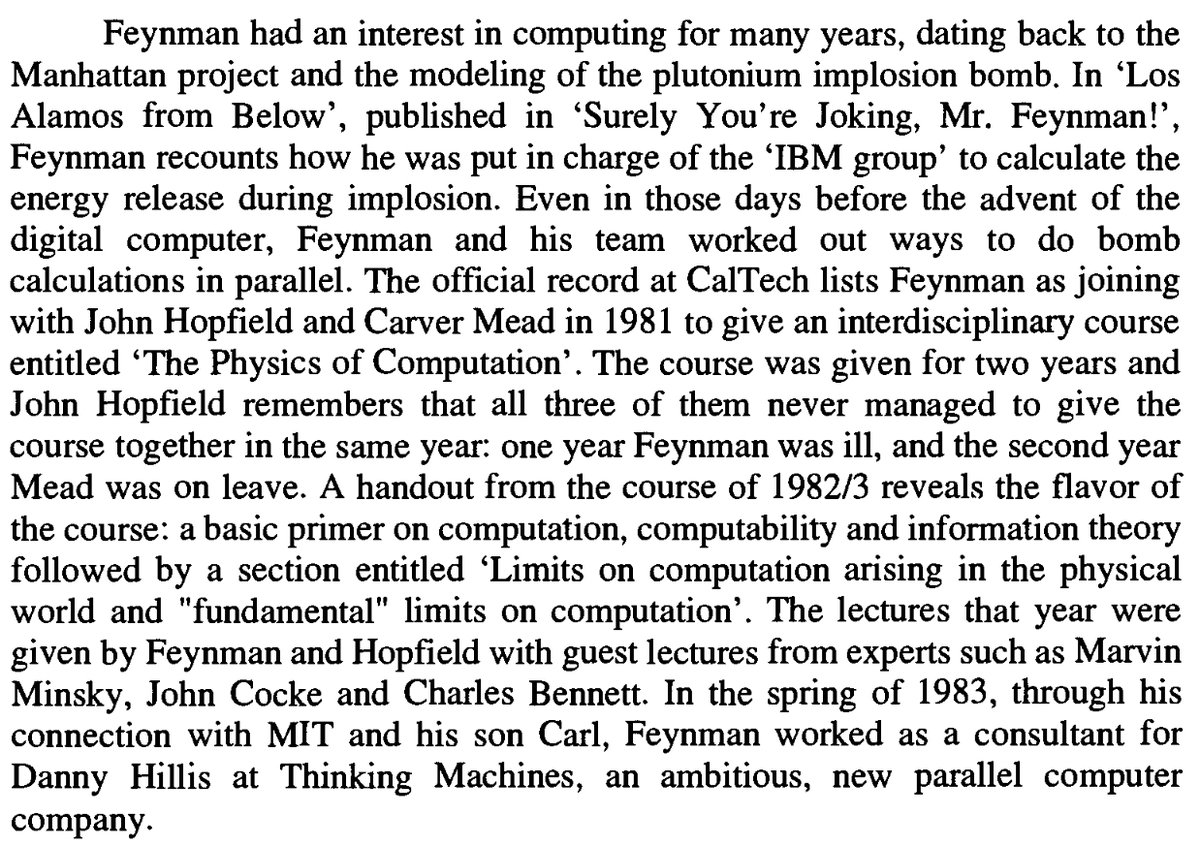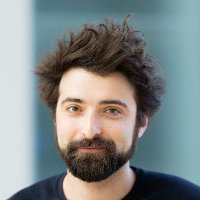
Leo Kozachkov
@leokoz8
Doing cybernetics (without being allowed to call it that). Goldstein Fellow @IBMResearch. Incoming Asst Professor @BrownUniversity, 2025. Prev: @MIT, @RutgersU
ID: 20408531
https://kozleo.github.io/ 09-02-2009 02:11:26
233 Tweet
1,1K Followers
493 Following

New paper! Propofol anesthesia causes unconsciousness by making your brain more chaotic. It does this *increasing* inhibition, weirdly enough. Work led by Adam J. Eisen and Leo Kozachkov A collaboration between labs in MIT Picower Institute McGovern Institute doi.org/10.1016/j.neur… #neuroscience
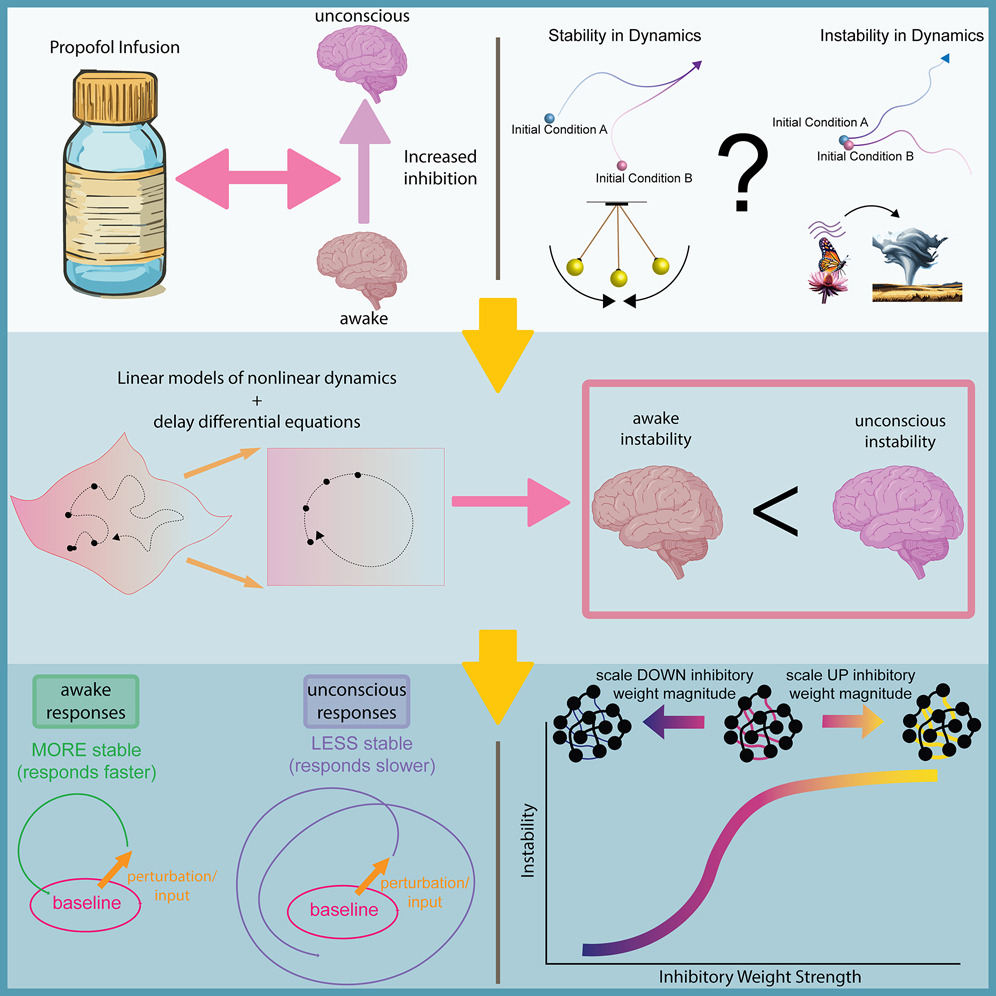


Our paper is out today in Neuron! Huge thanks to my co-first author Leo Kozachkov, co-advisors Earl K. Miller and FieteGroup, and all of our co-authors - very grateful to have worked with everyone on this project!


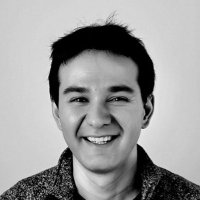

Our paper "Identifying Equivalent Training Dynamics" was accepted as a spotlight (top ~5%) 💡 to NeurIPS! A real dream team (but largely Twitterless team) on this with Igor Mezic , Yannis Kevrekidis, Juan Bello-Rivas, Maria Fonoberova, Ryan Mohr 1/n arxiv.org/abs/2302.09160
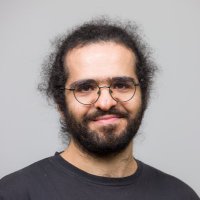
If you are around for the CosyneMeeting conference and interested in how neural computations happen in the brain without neurons (with astrocytes), drop by our workshop co-organized w/ Inbal Goshen 🎗️ and Leo Kozachkov. cosyne.org/workshops-prog…


Our first NeuroAgent! 🐟🧠 Excited to share new work led by the talented Reece Keller, showing how autonomous behavior and whole-brain dynamics emerge naturally from intrinsic curiosity grounded in world models and memory. Some highlights: - Developed a novel intrinsic drive
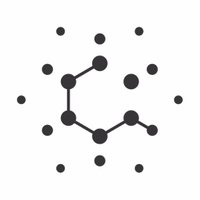
Martin Schrimpf (Martin Schrimpf) trained an AI model to generate sentences which can activate or suppress neural activity in the reader’s brain. This can potentially help researchers treat depression, dyslexia and other brain-related conditions. quantamagazine.org/how-ai-models-…
